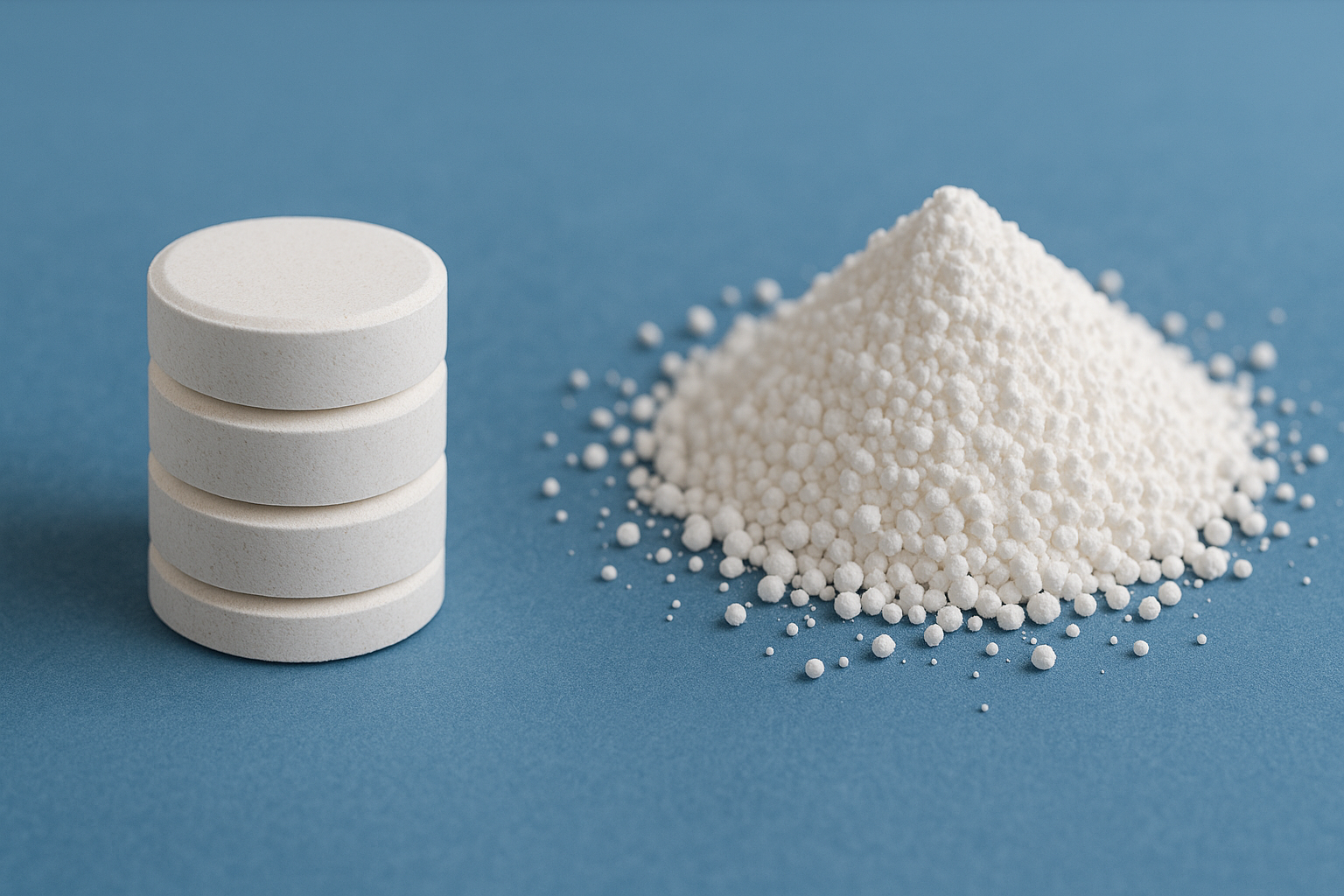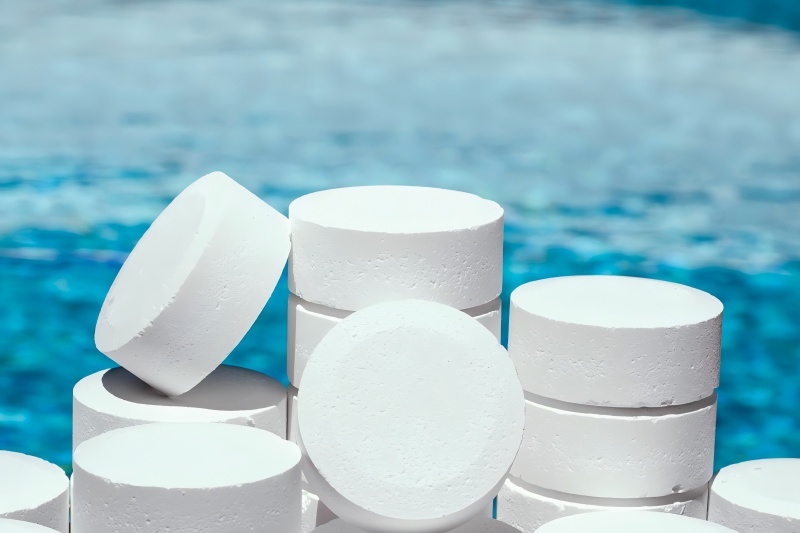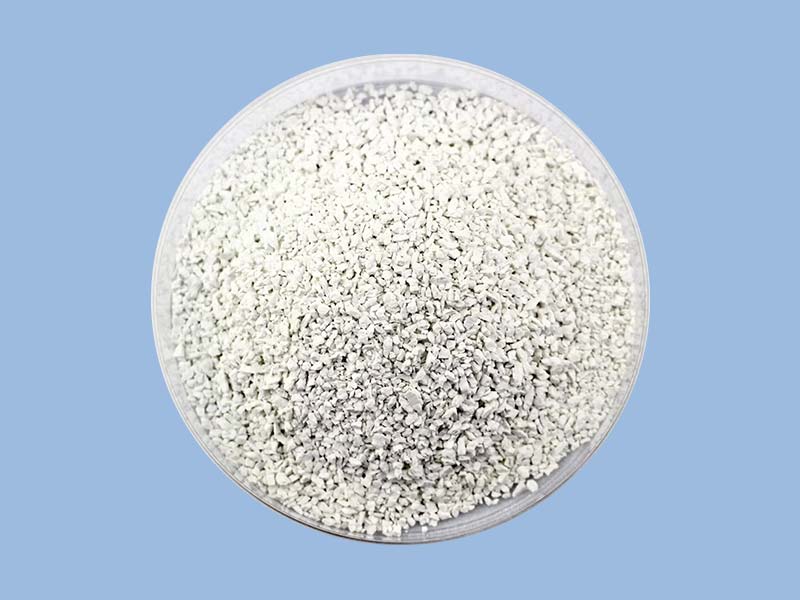When it comes to water disinfection—whether for swimming pools, drinking water treatment, or industrial sanitization—calcium hypochlorite stands out as one of the most powerful and reliable options. Available primarily in tablets and granules, this chemical is known for its high chlorine content, long shelf life, and wide disinfection range. But when you’re choosing between calcium hypochlorite tablets vs granules, which form is the right one for your specific needs?
What Is Calcium Hypochlorite?
Calcium hypochlorite [Ca(ClO)₂] is a solid compound widely used for disinfection and sanitation. It usually contains 65–78% available chlorine and is known for its rapid oxidation capacity, effectively eliminating bacteria, viruses, algae, and other microorganisms in water.
It comes in multiple forms, but the two most common commercial products are:
- Calcium Hypochlorite Tablets
- Granules of calcium hypochlorite (or powder)
Each form is used differently and caters to distinct application needs.
Key Differences at a Glance
| Feature | Calcium Hypochlorite Tablets | Calcium Hypochlorite Granules |
| Physical Form | Compressed solid discs | Fine to coarse loose powder or small pellets |
| Dissolution Speed | Slow and controlled | Fast-dissolving |
| Application Method | Floating feeders, erosion systems | Direct broadcasting or solution mixing |
| Ideal for | Pool maintenance, continuous dosing | Shock treatment, quick disinfection |
| Chlorine Release Rate | Steady and gradual | Immediate and strong |
| Storage | Less prone to caking | May clump if exposed to moisture |
| Handling Safety | Lower dust generation | Higher dust levels require PPE |
| Cost Efficiency | Higher upfront cost per unit | Lower cost per unit, but may require more volume |
Calcium Hypochlorite Tablets: A Closer Look
Composition & Form
Tablets are typically made by compressing calcium hypochlorite powder into uniform shapes, usually 1-inch or 3-inch discs. These are often stabilized for longer shelf life and are designed to dissolve slowly in water.
Pros | Cons |
|
|
Best Use Cases
- Weekly maintenance of swimming pools
- Chlorination of holding tanks
- Slow and steady release in municipal or irrigation systems
- Marine or offshore water storage
Calcium Hypochlorite Granules: A Closer Look
Composition & Form
Granules consist of loose, dry particles of calcium hypochlorite. They may range from fine powder to coarser grains and dissolve rapidly when introduced to water.
Pros | Cons |
|
|
Best Use Cases
- Pool shock treatments
- Emergency water disinfection
- Industrial cleaning and sanitizing
- Well, disinfection or tank flushing
Safety Considerations
Calcium hypochlorite is a potent oxidant that needs to be treated carefully regardless of its form.
Safety Tips:
- Wear goggles and gloves at all times.
- Keep it somewhere dry, cool, and well-ventilated.
- Never mix with acids or other pool chemicals—dangerous gases can form.
- Do not store in metal containers, as it can corrode the material.
Which One Should You Choose?
Here’s a breakdown based on your situation:
✅ Choose Tablets if:
- You want low-maintenance and long-term chlorination.
- You operate a residential pool or small-scale water system.
- You prefer using a floating feeder or an automatic chlorinator.
- You want to minimize manual dosing.
✅ Choose Granules if:
- You need rapid disinfection or want to shock your pool.
- You’re treating large volumes of water.
- You want flexibility without installing dosing equipment.
- You’re disinfecting water in emergency scenarios.
Cost Comparison
While tablets often have a higher cost per kilogram, their slow-release property can make them more cost-effective over time, especially in systems that don’t require frequent chlorination.
In contrast, granules may appear cheaper per unit but often require larger amounts for ongoing maintenance, especially in high-demand environments.
Also consider:
- Labor costs (manual dosing vs. automated systems)
- Waste or residue cleanup
- Storage and safety requirements
Environmental and Storage Considerations
Both forms are environmentally safe when used properly, but excessive use can lead to:
- Elevated chlorine levels in wastewater
- Corrosion of pool equipment
- Skin or eye irritation in humans and pets
Storage Tips:
- Keep away from organic materials.
- Avoid high humidity or water contact.
- Use original containers with proper labeling.
- Store in small batches to reduce the risk of mass contamination.
If you are unsure which formulation is right for your application, you can consult us as a professional chemical supplier.
Let us select according to your needs – no matter which formulation you choose, safe operation and accurate dosing are always the priority.



